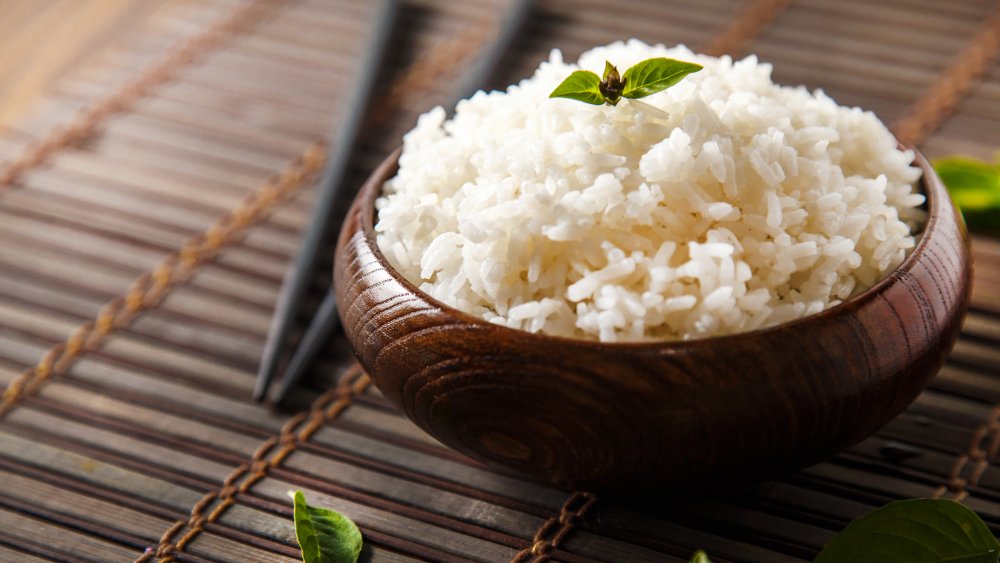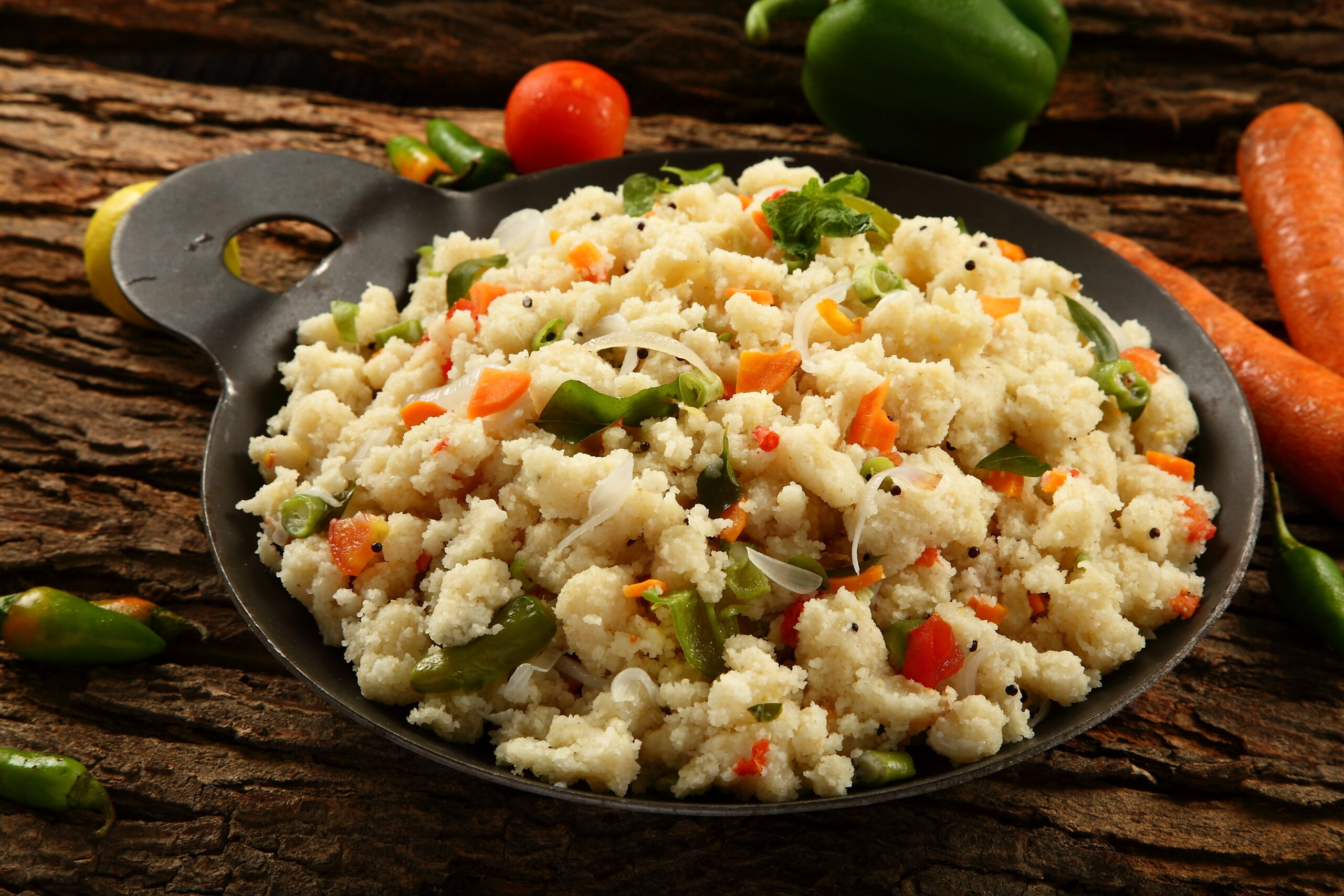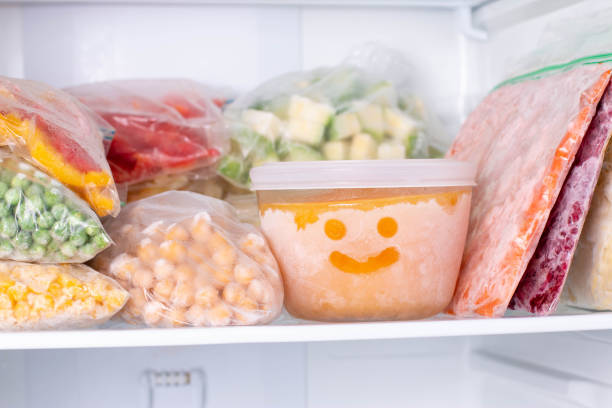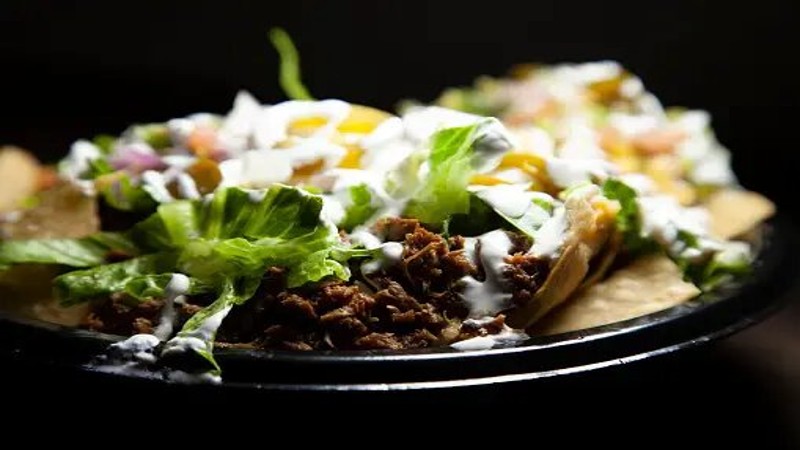Wholesome Delights: Crafting Vegan Kitchen Sink Cookies
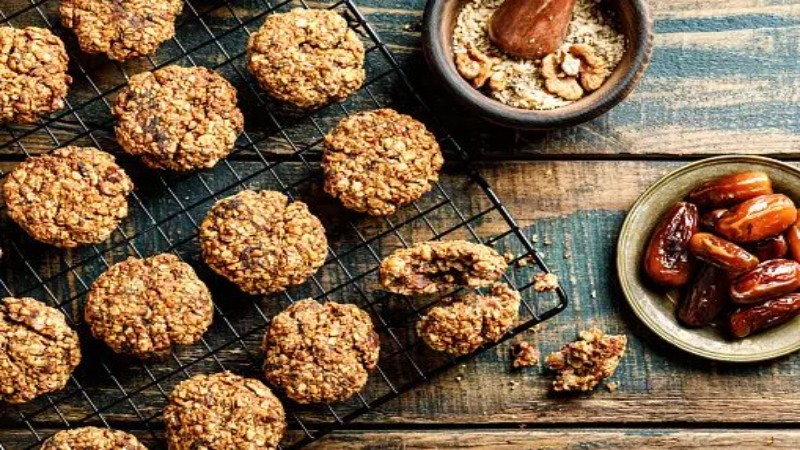
Embracing a plant-based lifestyle doesn’t mean compromising on indulgent treats. Vegan Kitchen Sink Cookies stand as a testament to the delightful possibilities of vegan baking. These cookies are a wholesome blend of ingredients, echoing the eclectic assortment found in a kitchen sink. In this article, we’ll explore the world of Vegan Kitchen Sink Cookies, unraveling the key components, the baking process, and the creative potential for customization.
The Vegan Foundation
Flaxseed or Chia Seed “Egg” Binder:
The absence of traditional eggs in vegan baking is addressed with a flaxseed or chia seed “egg.” By combining ground flaxseeds or chia seeds with water, a gelatinous mixture forms, serving as an excellent binding agent. This vegan alternative ensures the cookies maintain their structure and texture.
Plant-Based Butter or Coconut Oil:
Vegan Kitchen Sink Cookies rely on plant-based fats for richness. Plant-based butter or coconut oil takes the place of traditional dairy butter, infusing the cookies with a luscious and satisfying flavor. These alternatives also contribute to the cookies’ moist and chewy texture.
The Wholesome Medley of Mix-Ins
Dark Chocolate or Dairy-Free Chocolate Chips:
A hallmark of Vegan Kitchen Sink Cookies is the inclusion of dark chocolate or dairy-free chocolate chips. These chocolatey morsels melt into the dough during baking, creating pockets of gooey indulgence that rival their non-vegan counterparts.
Chopped Nuts for Crunch:
To introduce a delightful crunch, vegan kitchen sink cookies often incorporate chopped nuts. Whether it’s walnuts, pecans, or almonds, these nuts bring a nutty flavor and satisfying texture to the cookies
Dried Fruits for Natural Sweetness:
Dried fruits, such as raisins, cranberries, or apricots, provide a burst of natural sweetness and chewiness. These fruits not only complement the chocolate and nuts but also add a vibrant touch of flavor.
Shredded Coconut for Texture:
Shredded coconut, whether sweetened or unsweetened, adds texture and a subtle sweetness to vegan kitchen sink cookies. The coconut shreds contribute to the overall richness and complexity of flavors.
Oats for Hearty Texture:
Old-fashioned rolled oats serve as a hearty foundation, contributing a chewy texture to the cookies. Oats not only enhance the cookies’ wholesomeness but also add a depth of flavor.
Spices for Aromatic Warmth:
Ground cinnamon, nutmeg, or a hint of ginger introduces aromatic warmth to the cookies. These spices contribute to a comforting and flavorful experience, making each bite a delightful journey.
The Vegan Baking Process
Preparation and Mixing:
Begin the vegan baking process by preheating the oven and preparing the baking sheets. In a mixing bowl, combine the old-fashioned rolled oats, flour, baking soda, and a pinch of salt.
Prepare the Flaxseed or Chia Seed “Egg”:
Mix ground flaxseeds or chia seeds with water and set aside to form the egg substitute. This gel-like mixture will act as the binding agent in the absence of traditional eggs.
Creaming Vegan Butter or Coconut Oil:
In a separate bowl, cream together softened vegan butter or coconut oil with a blend of sugar and sweeteners. This step is crucial for achieving the desired sweetness and texture in the cookies.
Adding Wet Ingredients:
Incorporate the prepared flaxseed or chia seed “egg” into the creamed mixture, followed by vanilla extract. This ensures even distribution and proper incorporation of the wet ingredients.
Gradual Incorporation of Dry Ingredients:
Gradually add the dry ingredients to the wet mixture, ensuring an even blend. Exercise patience to prevent overmixing, which can impact the cookies’ texture.
Fold in the Mix-Ins:
Gently fold in the dairy-free chocolate chips, chopped nuts, dried fruits, shredded coconut, and spices. The goal is to evenly distribute these ingredients throughout the dough for a balanced flavor in each vegan kitchen sink cookie.
Scooping and Baking:
Use a cookie scoop to portion the dough onto the prepared baking sheets. Bake in a preheated oven until the edges turn golden brown, while the centers remain soft and slightly undercooked, achieving the perfect chewiness.
Cooling for Texture Settling:
Allow the vegan kitchen sink cookies to cool on the baking sheets for a few minutes before transferring them to wire racks. This cooling process allows the texture to settle and ensures a satisfying balance between softness and crunch.
Creative Customization for Vegan Bliss
Experimentation with Mix-Ins:
One of the joys of vegan kitchen sink cookies lies in their adaptability. Experiment with various mix-ins based on personal preferences. Consider adding seeds, dried berries, or even a sprinkle of sea salt for a unique twist.
Gluten-Free Alternatives:
For those with dietary restrictions, explore gluten-free alternatives for the flour. This modification ensures that everyone, regardless of dietary preferences, can relish the delightful goodness of vegan kitchen sink cookies.
Conclusion
Vegan Kitchen Sink Cookies are a testament to the delectable possibilities of plant-based baking. From the flaxseed or chia seed “egg” to the creative medley of dairy-free chocolate chips, nuts, dried fruits, and spices, these cookies offer a symphony of flavors in every bite. Whether you follow a vegan lifestyle or simply appreciate the art of wholesome baking, these cookies stand as a delightful testament to the richness and variety achievable without traditional animal products. So, embark on a journey into the world of vegan baking, gather your plant-based ingredients, and savor the wholesome bliss of Vegan Kitchen Sink Cookies.







